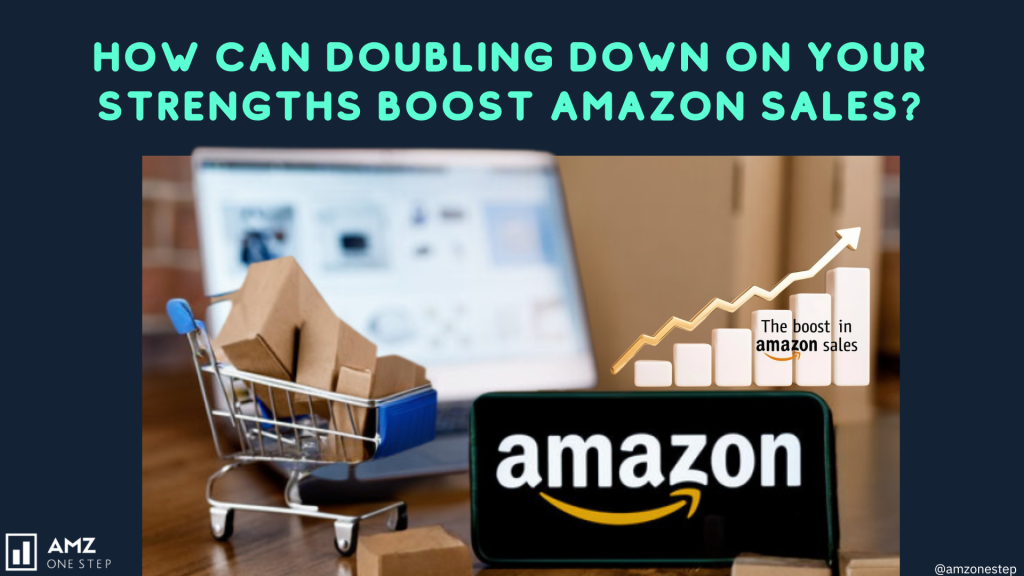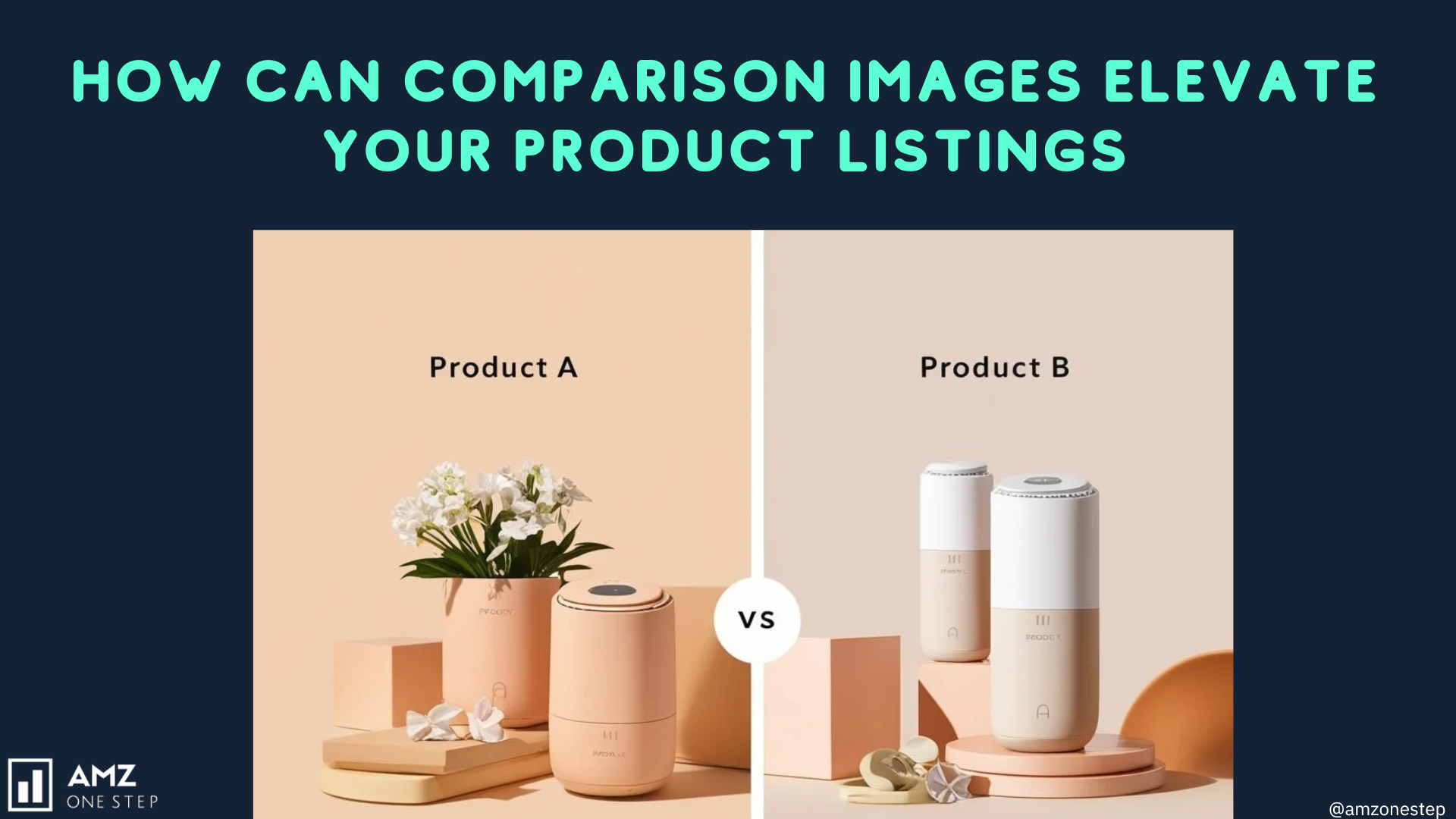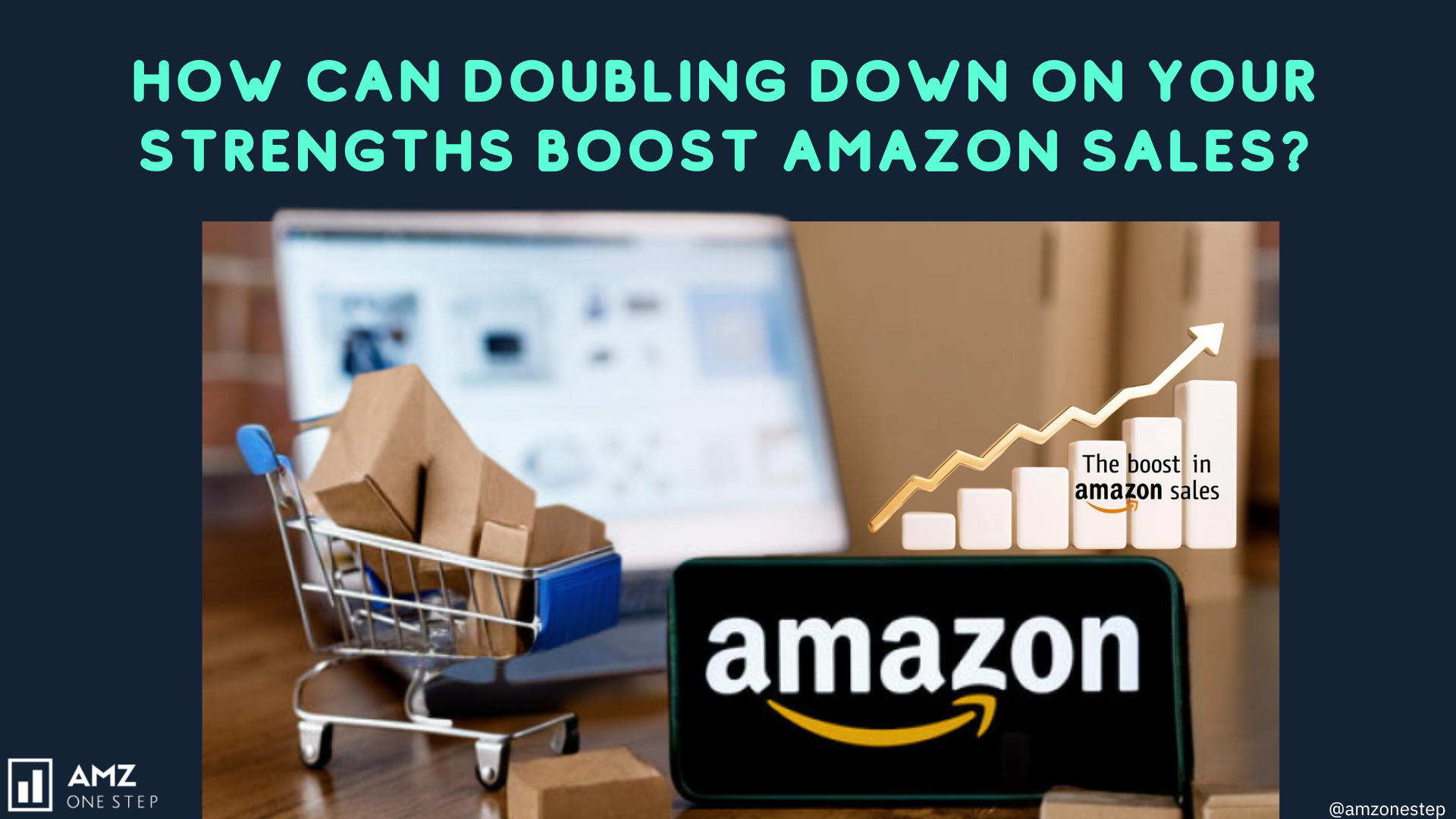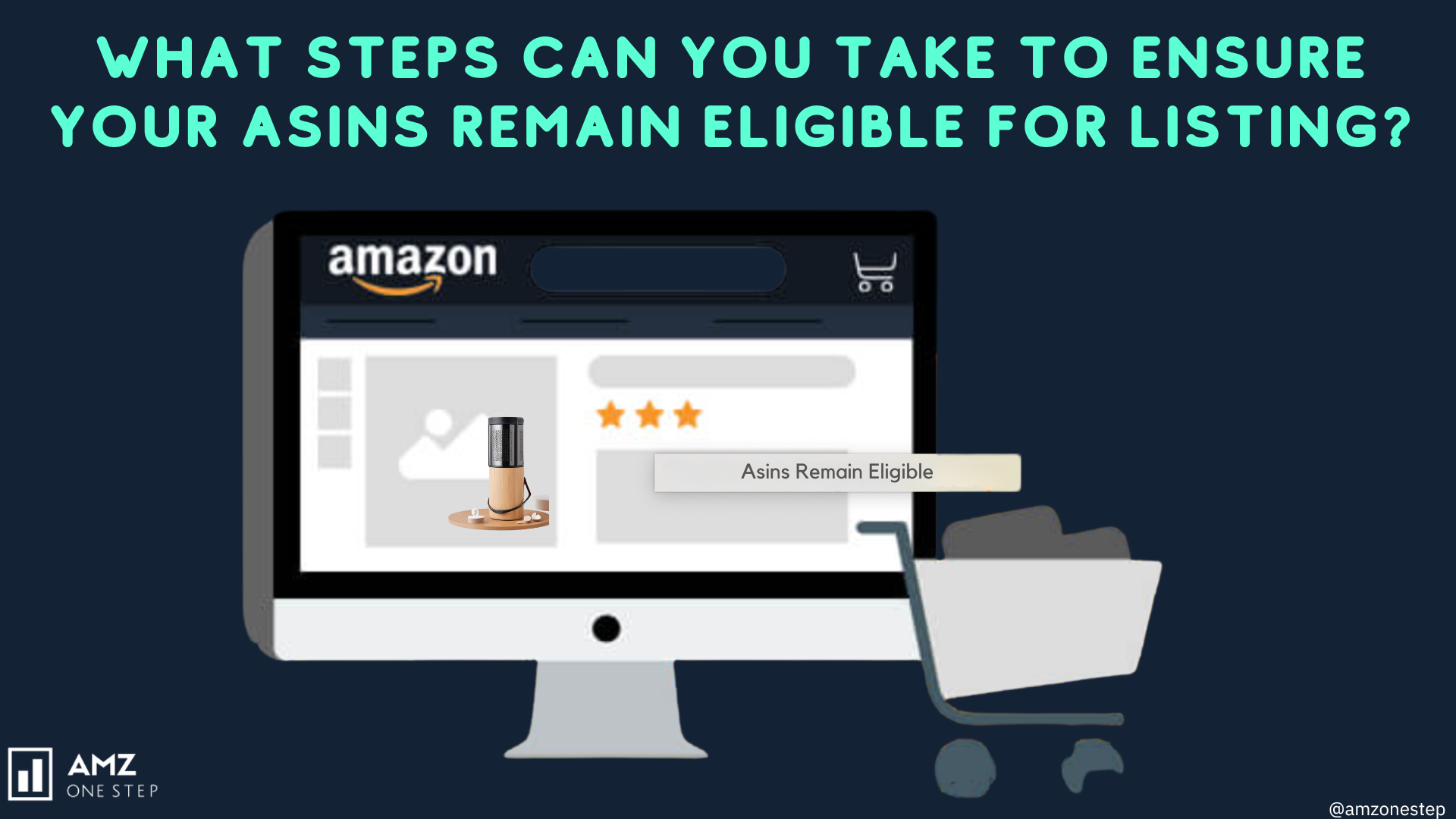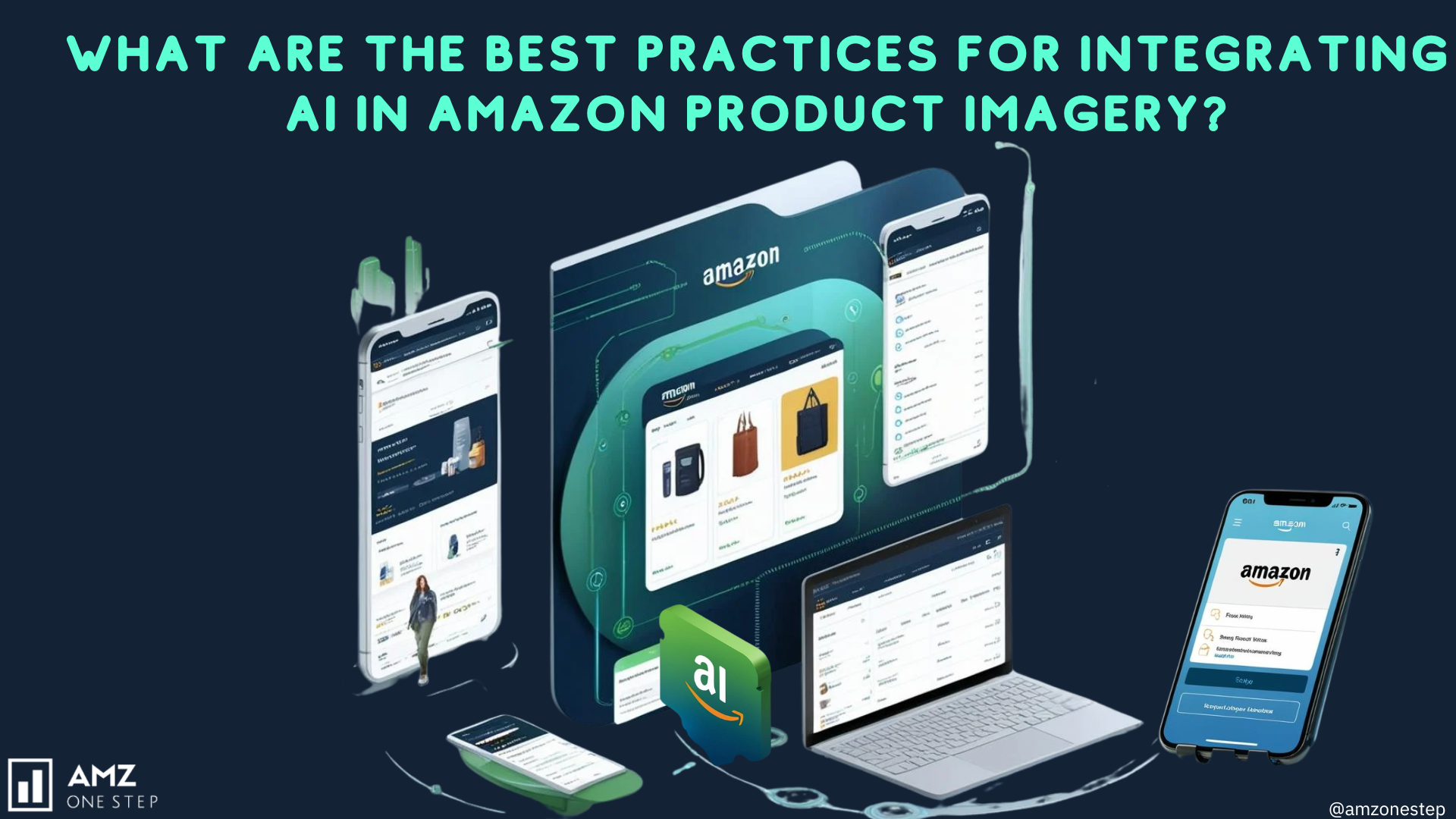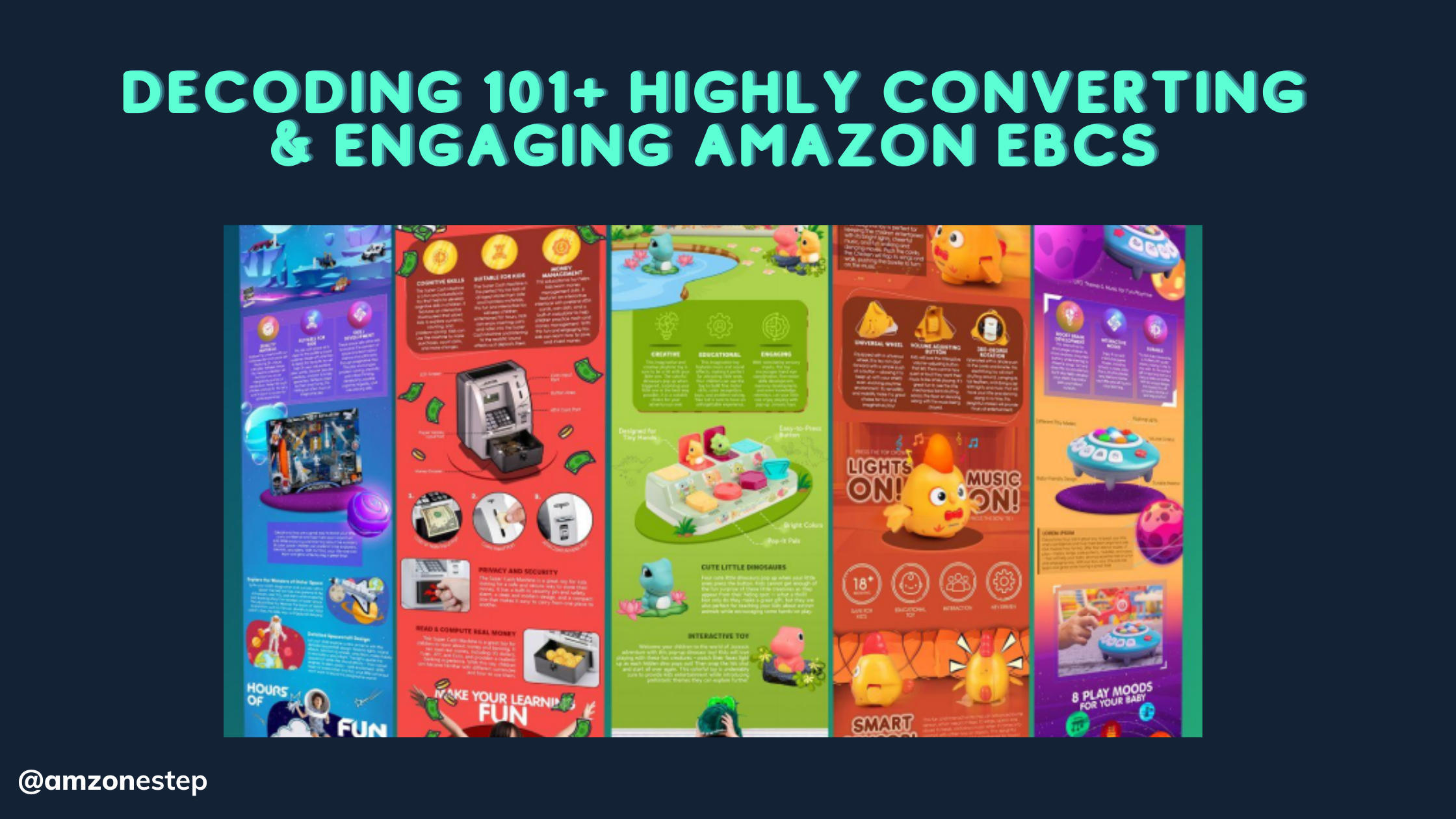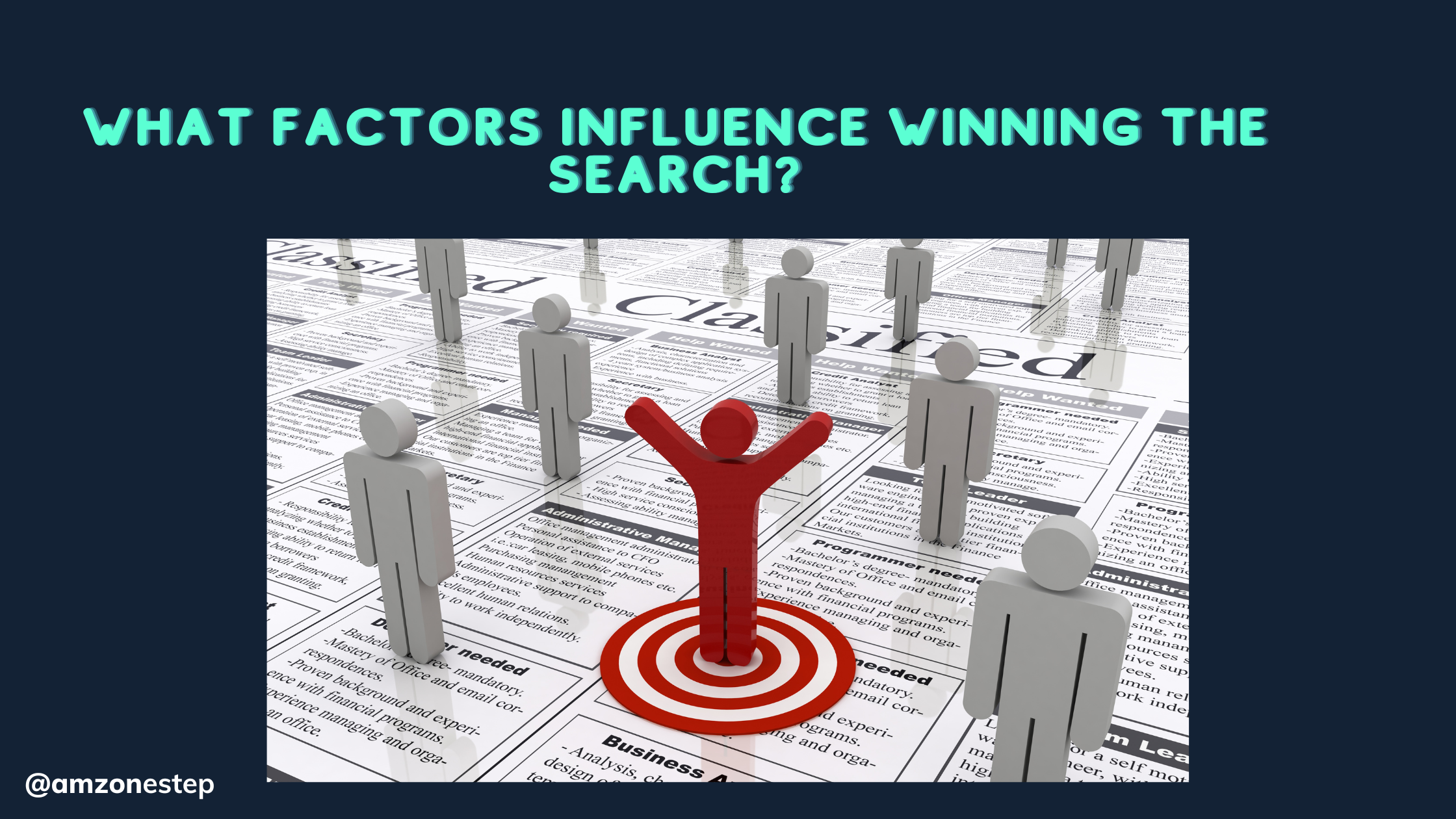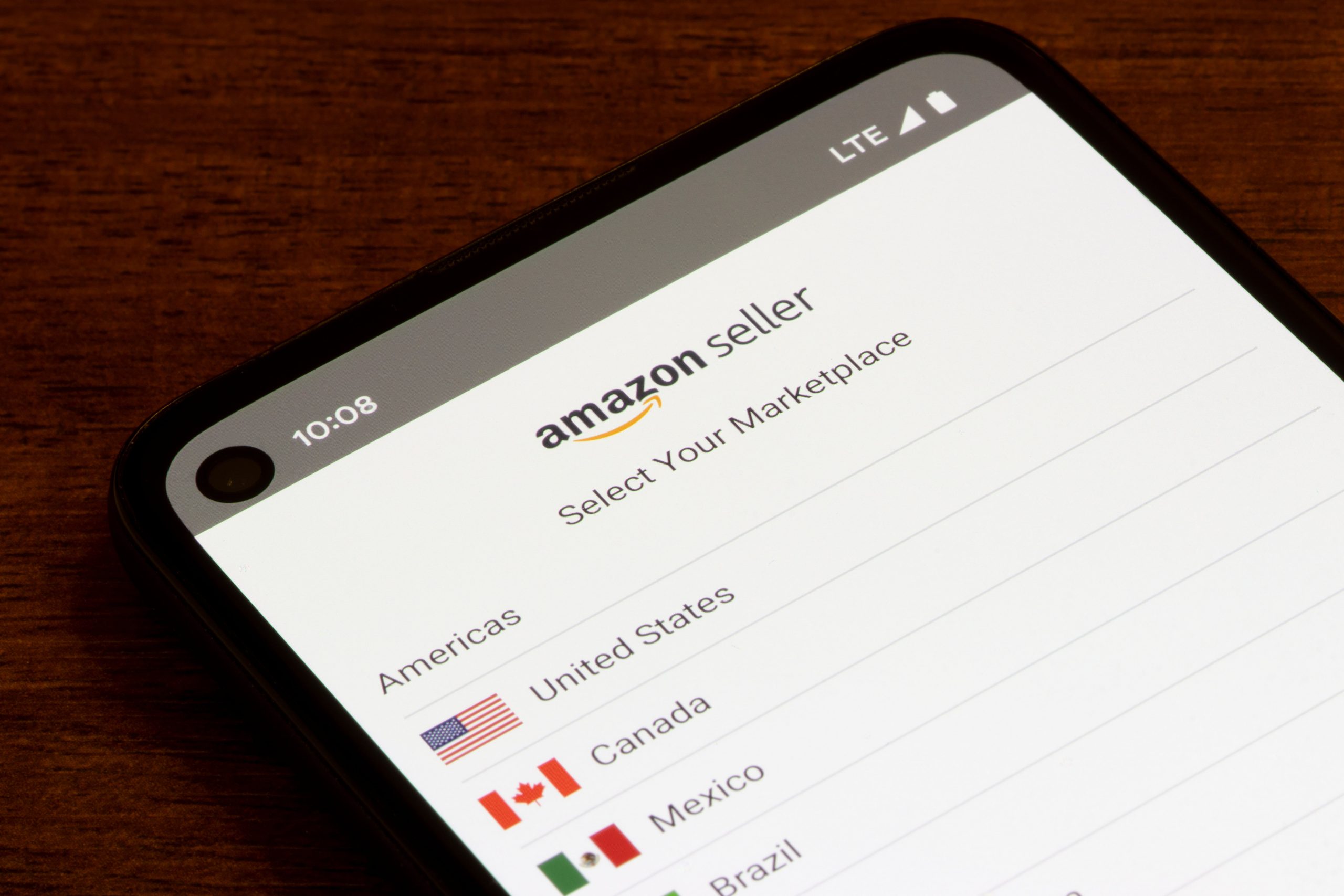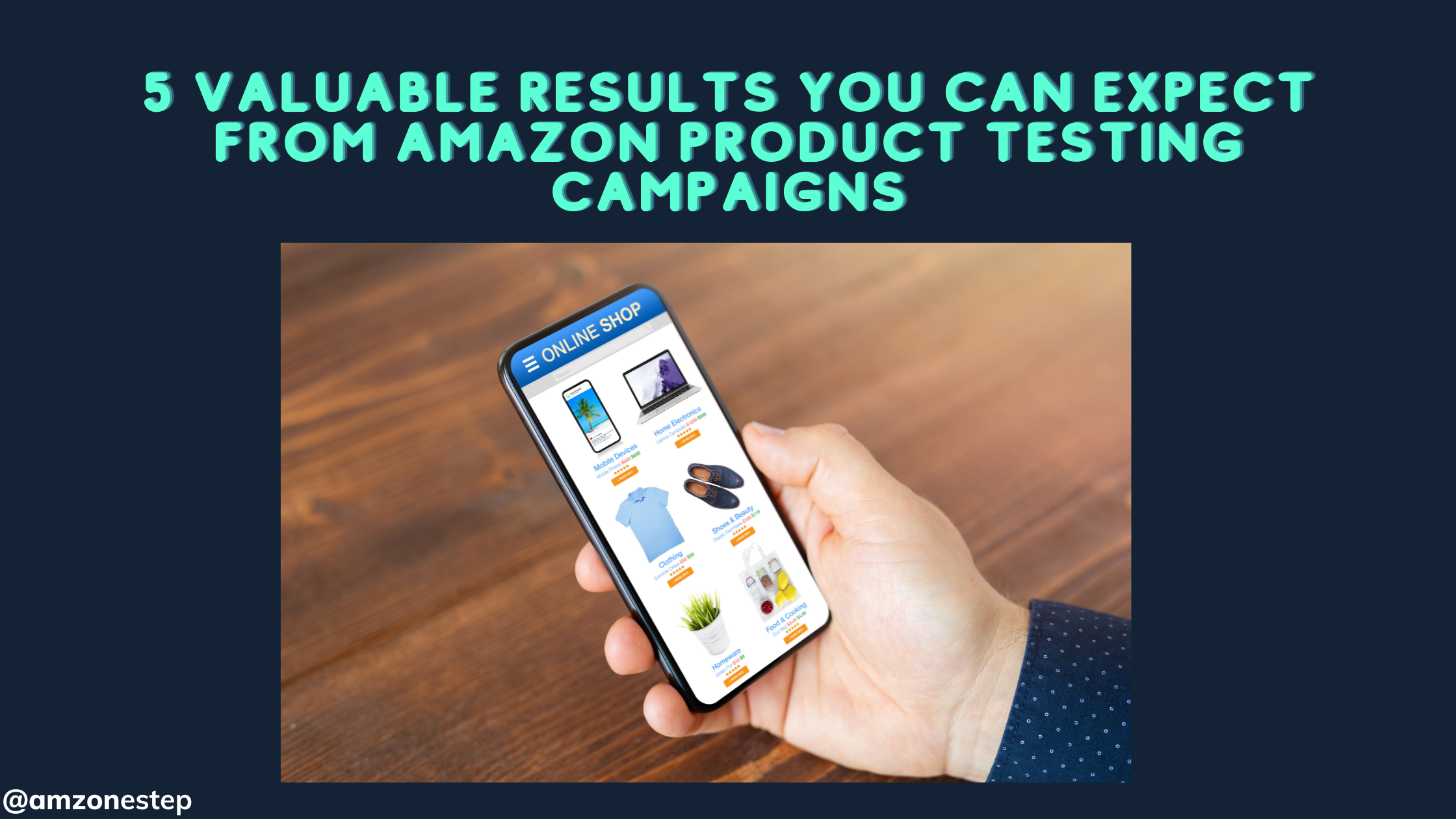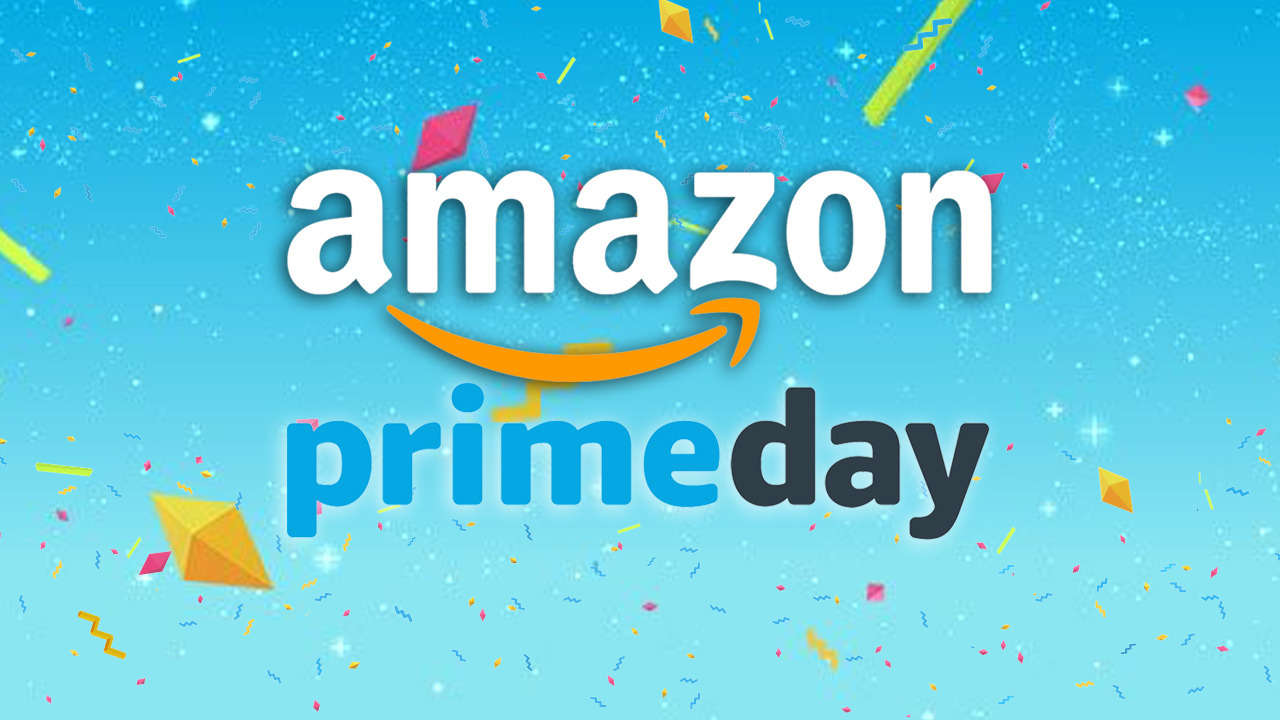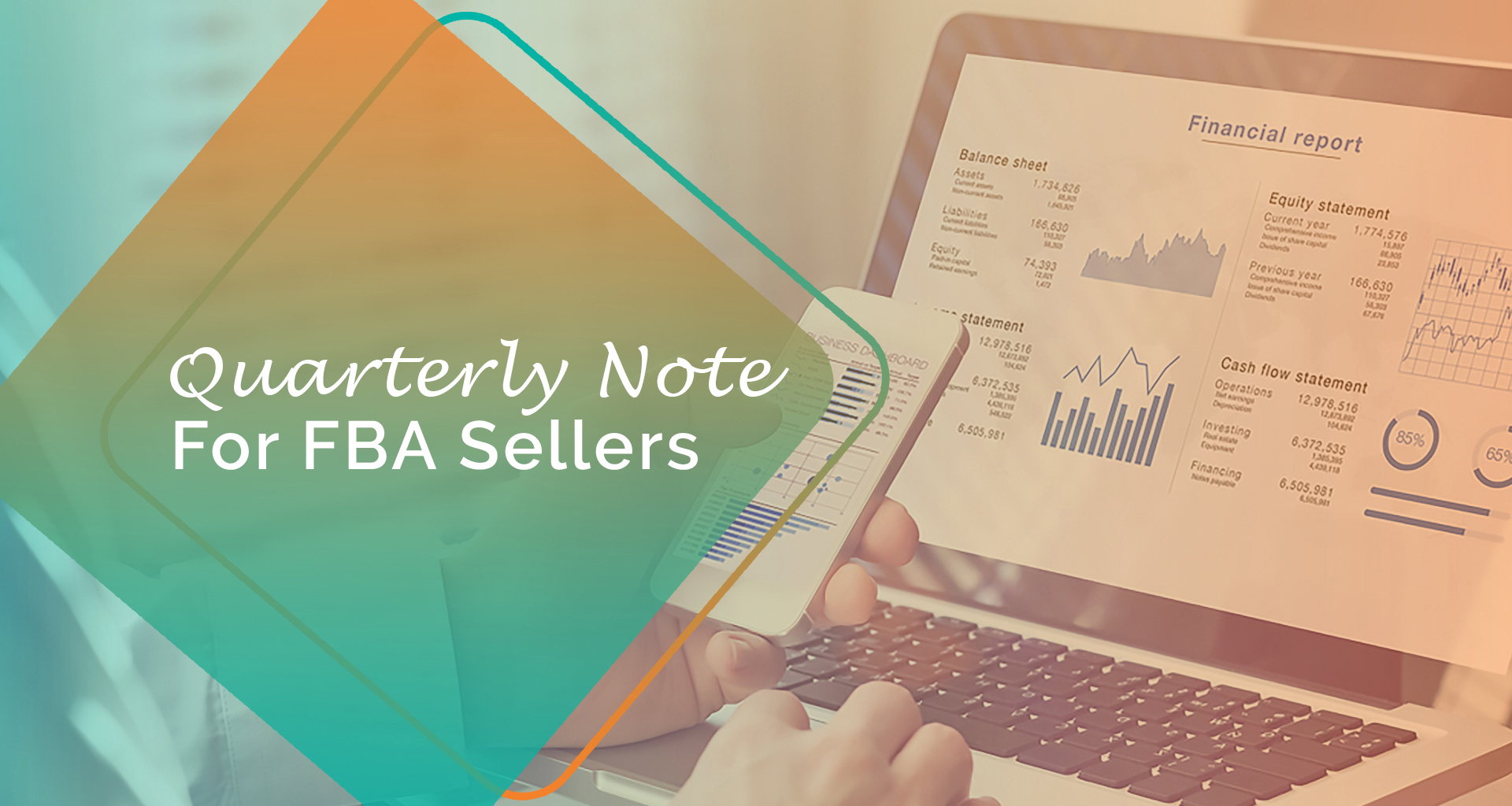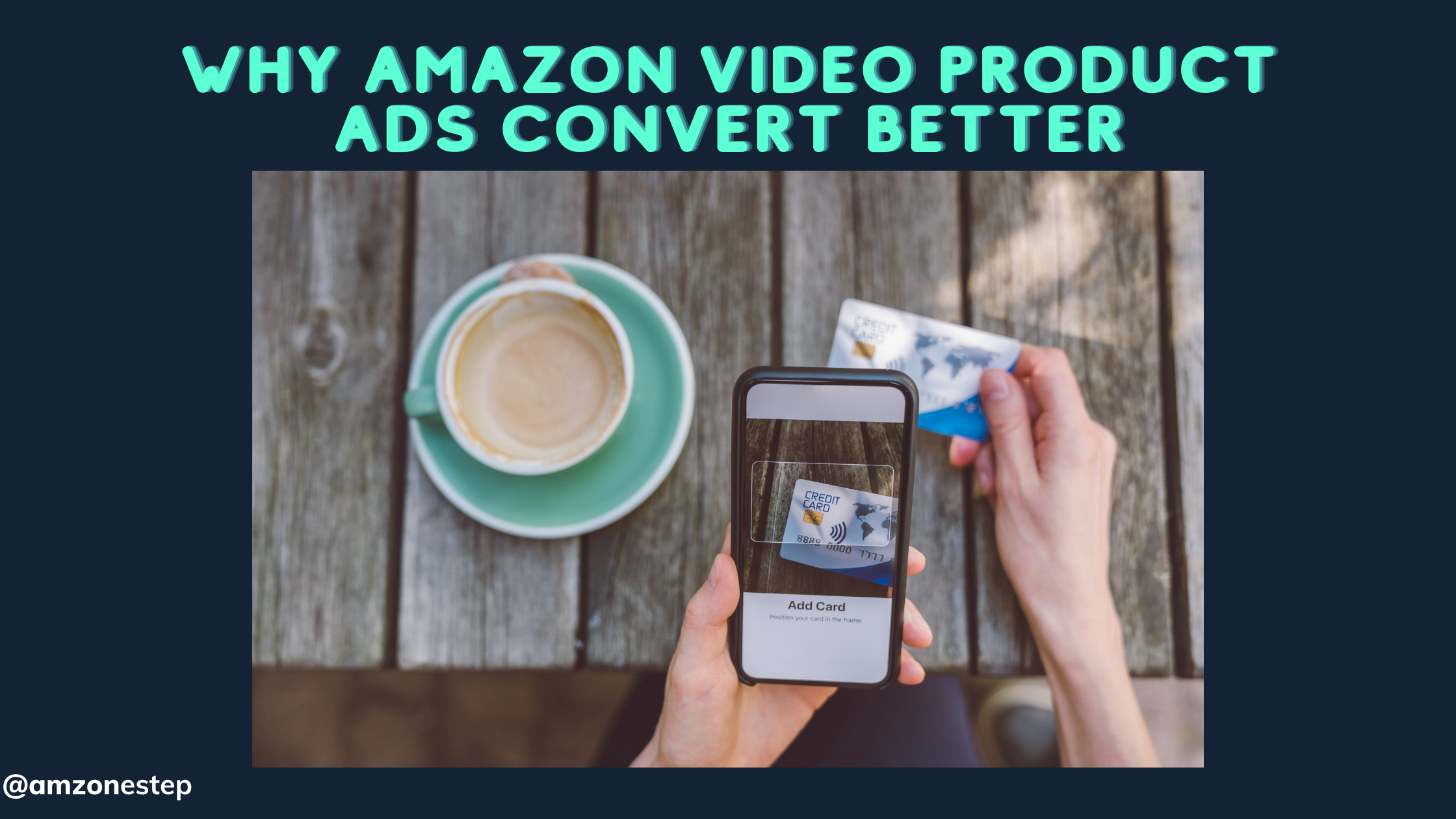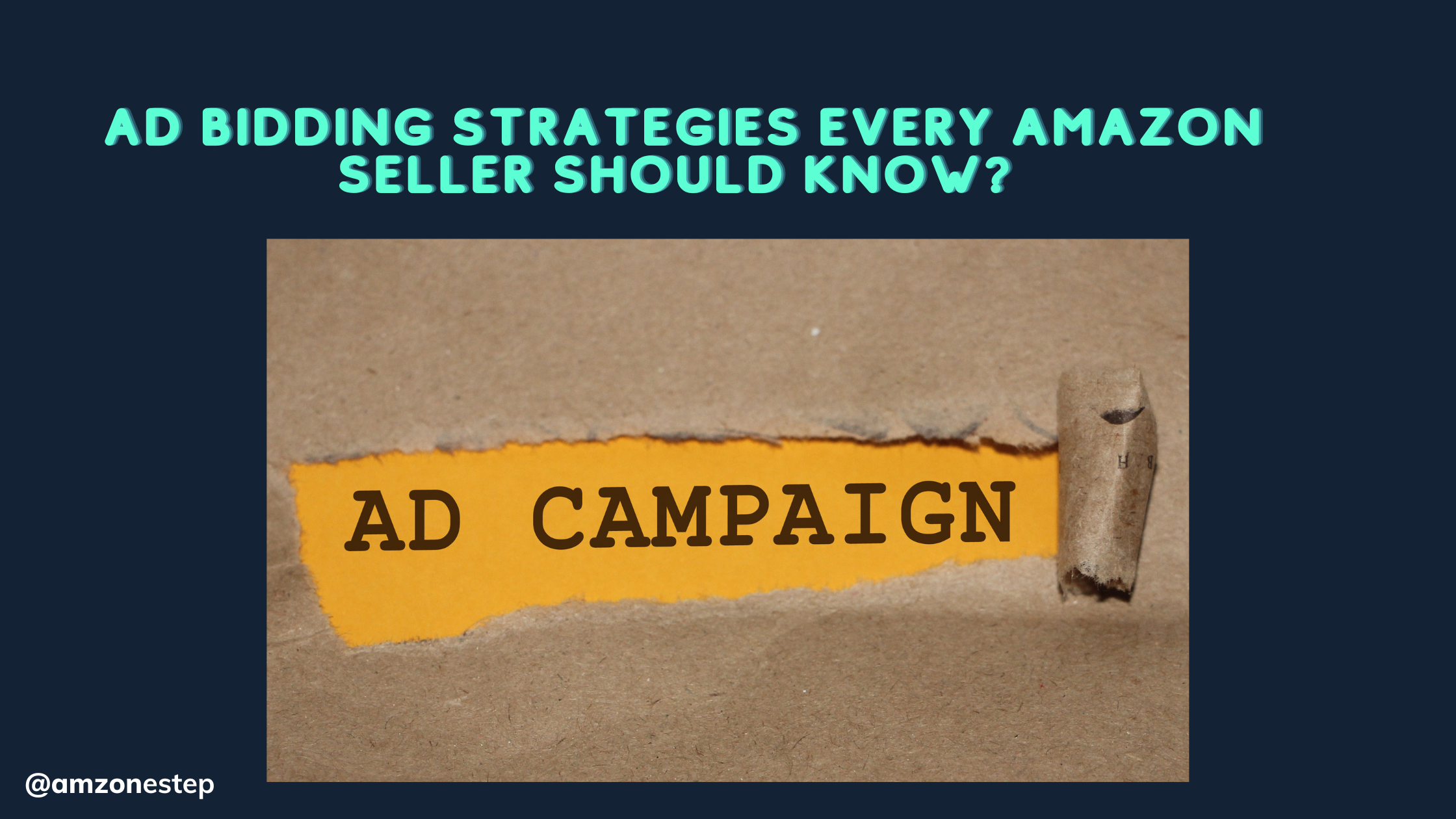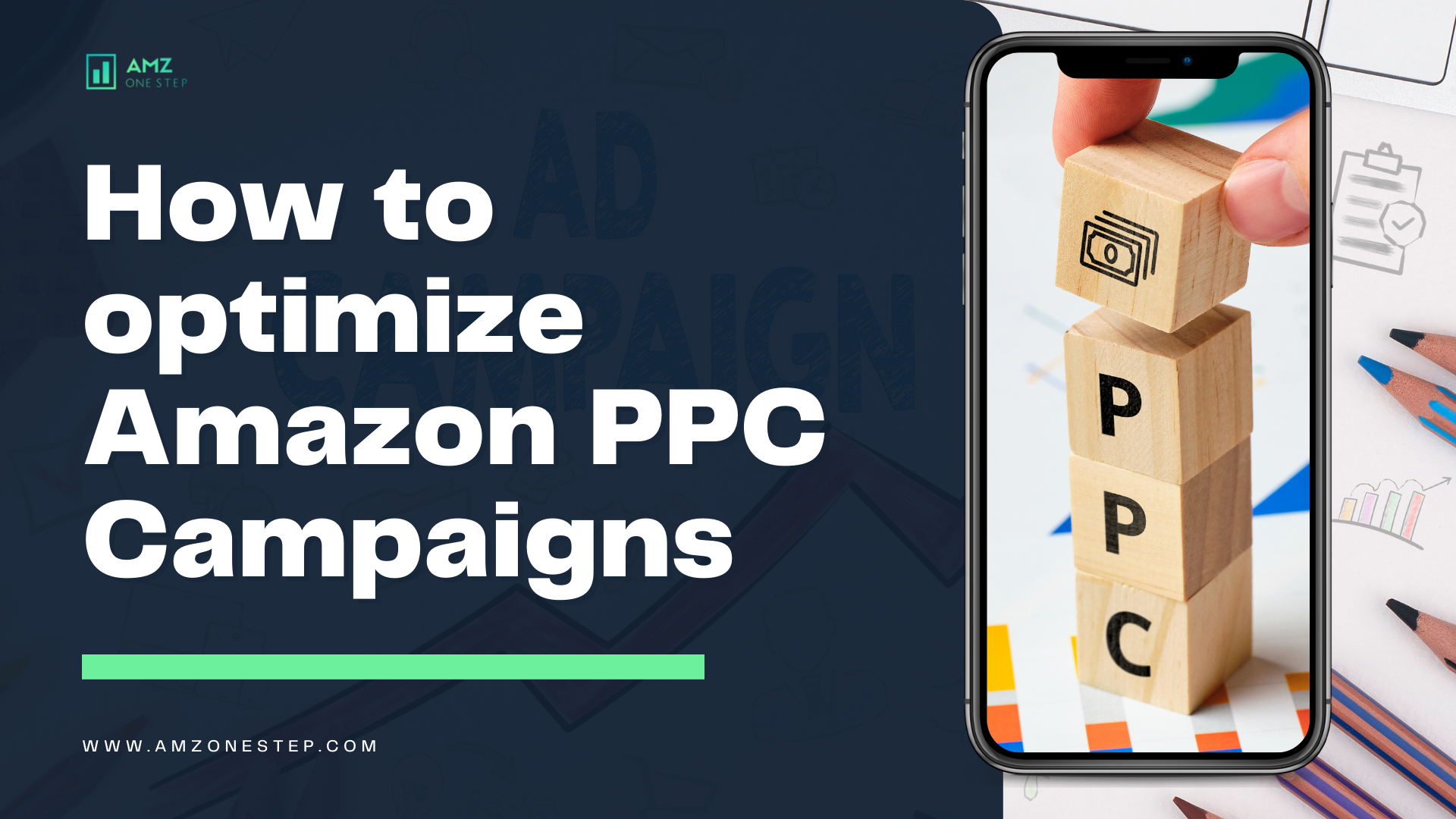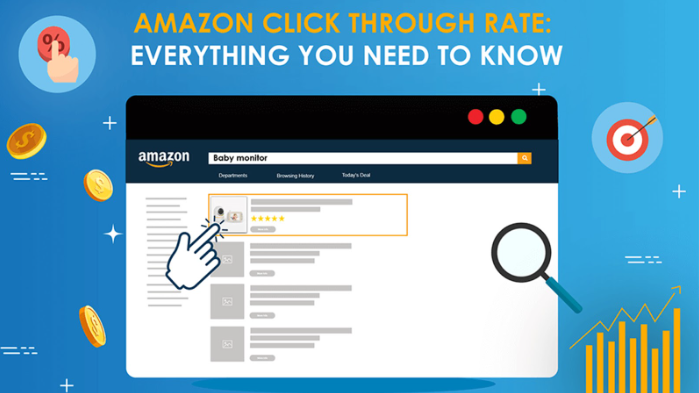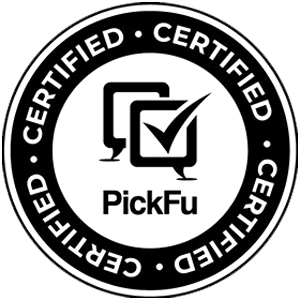Once a private label product goes mainstream, it makes perfect sense to expand upon it, as the next recommended measure for the brand to earn a sustainable income.
Launching additional color variants, additional products, or even fancier versions can help gain customer attention by offering various choices and ensuring the brand would have a share of the industry’s growth.
Explore More: How Can the Right PPC-to-SEO Ratio Boost Your Amazon Sales?
Table of Contents
Product Expansion Strategies
- Launch Variations – Introduce different colors, sizes, or flavors to cater to diverse customer preferences.
- Introduce Complementary Products – Expand within the same niche by offering related products.
- Develop Premium Versions – Offer upgraded versions with better materials or additional features.
- For example, an Amazon FBA seller of stainless steel water bottles can expand by launching insulated tumblers, hydration backpacks, or sports water bottles.
Analyzing Customer Demand for Expansion
Before expanding, Amazon FBA sellers should:
- Analyze customer reviews and feedback to identify unmet needs.
- Use Amazon Brand Analytics to study trending products.
- Conduct competitor research to identify market gaps.
Scaling Efficiently
Expanding too fast without proper demand analysis can lead to inventory issues and cash flow problems. Amazon FBA sellers should scale gradually, testing demand before committing to bulk inventory.
By strategically expanding their product line, private label Amazon FBA sellers can increase brand equity, cross-sell complementary items, and achieve long-term scalability.
Using A+ Content and Amazon Brand Registry
A+ Content enhances Amazon listings with rich visuals, infographics, and brand storytelling. Available only to brand-registered Amazon FBA sellers, it helps improve conversion rates, customer engagement, and product credibility.
Benefits of A+ Content
- Higher Conversions: Through captivating content, the customer’s faith gets enhanced.
- More Distinct Brand Identity: The captivating story of the brand and the product is created.
- Less Returns: Together with accurate product descriptions, clear expectations are set.
- As an example, an organic skincare products Amazon FBA seller could adopt A+ Content as a helpful tool to show before-and-after results, use the benefits of the ingredients, and differentiate their products from competitors.
Explore More:What’s An Amazon FNSKU? How To Create An FNSKU For FBA Sellers?
How to Enroll in Amazon Brand Registry
With its security against counterfeiters and unauthorized Amazon FBA sellers, Amazon Brand Registry has made its name the ultimate tool. To apply for it, Amazon FBA sellers have to supply:
- A trademark that does not conflict with other names and that has been registered in the USA.
- Documents of the brand belonging to the Amazon FBA seller.
By using the tools provided in A+ Content and Brand Registry, Amazon FBA sellers can be in a position to create listings that are professional, with a high rate of conversion, and that protect the identity of their products on Amazon, all at the same time.
Using Amazon DSP for Smarter Ad Targeting
Amazon Demand-Side Platform (DSP) enables brands to deliver highly targeted display and video product ads across Amazon-owned properties and third-party sites.
Unlike Amazon PPC, which focuses on keyword-based advertising, DSP leverages first-party shopping data to create precise audience segments, increasing conversion rates and brand awareness.
Understanding Amazon DSP and Its Benefits
Amazon DSP (Demand-Side Platform) is the official advertising platform of Amazon that enables marketers to purchase the display, audio, and video advertisements on the sites owned by Amazon and third parties.
It is different from Amazon PPC, which is based on keyword targeting, since DSP does employ audience-based targeting by utilizing Amazon’s first-party data as its main force.
The advertisers, therefore, can make use of a specific group of customers based on their browsing behavior, purchase history, and demographics so that they can place ads more accurately and effectively.
Amazon DSP’s strongest point is that it gives brands the possibility to reach customers even if they are not using the Amazon website at the moment. This shows that the chances of advertising can exceed the traditional search-based ads.
Brands using DSP not only can appear on Amazon.com, IMDb, Twitch, Fire TV, and partner websites but they can also make sure they are visible across several digital touchpoints at once.
Furthermore, Amazon DSP allows for retargeting of customers. This is very valuable as it helps the advertisers to get in touch with the users who were previously interested in their product but did not buy it.
Therefore, the DSP platform is the right choice where brands want to convert a potential client into a customer, rather than just a one-time visitor, as it skims the surface of getting together only customers in very low parts of the funnel.
Example
- A beauty products brand is eager to reach those who have shown interest in moisturizers in the search phase but were not willing to complete the transaction. Thanks to DSP, they could not only display ads on Amazon’s platform but also on external websites guiding them to the moisturizer product in order to better the chance of a sale.
Instead of just doing keyword searches, the brand leverages behavioral data insights to make sure the right people are seeing the right ads at the right time.
Explore More:How Can You Make Your Amazon Brand Worth the Premium on Your Storefront?
Leveraging First-Party Data for Precise Targeting
Amazon DSP is the most robust advertising technology in targeting prospects in the most precise and accurate way. It is also based on Amazon’s first-party data, which is user-friendly, self-descriptive and includes very detailed customer insights.
Unlike other digital display advertising platforms, which depend on cookies from outside the web browsers that are usually used for such ads, the data of Amazon is internal to its own ecosystem where the user did the browsing, thus, leading to highly accurate targeting.
Advertisers are capable of using a plethora of techniques, including shopping behavior, demographic details, and browsing activity, to achieve the maximum exposure of their ads to the conversions that they are seeking.
On the other hand, to ensure that ads only appear to highly relevant audiences, the ad spending is minimized through the use of fine targeting.
There are various creative ways brands can use first-party data:
- Targeting previous buyers: Brandes can again advertise to customers with a previous purchase of similar products.
- Reaching relevant interest shoppers: Advertisers can have a display ad on the pages of people searching in a similar product category.
- Using demographic segmentation: DSP is a way of targeting by the age, area, and house salary of the people.
Example
- A fitness supplement brand wants to reach health-conscious consumers. Rather than use the keyword search solely, the Amazon DSP provided the brand the chance to target users who had recently brought protein powder, gym tools, or healthy snacks.
As these are the very users who have previously shown an interest in fitness, therefore, they are more likely to engage with the ads of supplements improving the conversion rates.
Explore More:Increase Amazon Sales with Product Listing Variations: Complete Guide
Using Retargeting to Re-Engage Shoppers
One of the best features of Amazon DSP is Retargeting. In many cases, people visit a shop but leave it without any purchase. Amazon DSP thus provides brands the possibility to contact these interested buyers again.
For this purpose, ads are displayed both on Amazon’s own sites and browsers outside the Amazon ecosystem.
Amazon DSP offers two key types of retargeting:
- Views-based retargeting: Targets shoppers who visited a product page but didn’t buy.
- Purchase-based retargeting: Targets users who bought complementary products, encouraging repeat purchases.
- Since many users compare multiple products before deciding, retargeting ads act as a gentle reminder, helping brands recapture lost sales opportunities.
Example
- A wireless earbuds brand sees high traffic on its product page, but only a fraction of visitors make a purchase. By using Amazon DSP retargeting, the brand can show ads to these potential buyers when they browse news websites, Fire TV, or IMDb, encouraging them to return and complete their purchase. This significantly improves conversion rates compared to regular display ads that lack behavioral intent data.
Targeting Competitor Audiences
One of the most effective strategies within Amazon DSP is the ability to target competitor audiences. Many shoppers browse multiple brands before making a purchase. Amazon DSP allows advertisers to serve ads to users who viewed or purchased competitor products, helping them gain market share.
This strategy is particularly useful for new brands or brands competing with established players. Instead of waiting for customers to discover their products organically, DSP lets them directly target an audience already interested in their category.
Ways to implement competitor audience targeting:
- Users of similar products who did not make a purchase.
- Consumers who have previously bought a competitor’s product should be your focus.
- Make sure you highlight the unique selling points (USPs) of your products so that people can tell the difference between them and what others have.
Example
- For example, suppose the coffee maker brand wants to challenge the leading brand in that market. To do this, they can use Amazon DSP to target people who have looked at the competitor’s coffee machines and haven’t purchased one yet.
It can show many ads that have such features as better prices or discounts. These ads will be displayed to the users. The user-friendly application of this procedure will increase the possibility of converting the competitor’s buyers into the brand’s loyal customers.
Look alike designs are targeted at your key customers. This is a marketing method that is effective at the moment. Its main purpose is to help advertisers find prospects similar to existing clients.
Amazon DSP finds people using their service based on their shopping behaviors, how they look, and what they buy using the same signs as a brand’s best customers. Since these shoppers have similar interests and buying patterns, they will most likely convert when they get relevant ads.
This method can be a game changer for brandes willing to:
- Efficiently increase their customer base
- Raise the level of brand awareness among the target audience and relevant audiences
- Truly scale their advertising efforts without losing targeting precision
Example
- A home furnishings brand that features designer curtains is the sole product that they carry. They now use Amazon DSP to produce a look-alike targeting group made up of those who have purchased before as their last buyers.
So, instead of broad targeting, the DSP guarantees that the ads will reach such users who are likely to become customers through home décor, finally resulting in actions.
The absence of blister in the advertising vocabulary enables the usage of Amazon DSP that is chalking DSP up to the effectiveness of the brand expansion.
Explore More:20 Stats to Drive Your Amazon Video Marketing Strategy
Running Cross-Device Campaigns for Maximum Reach
Amazon DSP implements a great advantage through the distribution of ads on various devices. This strategy is certain to make it possible for customers to receive ads while using any device, ensuring an uninterrupted user journey.
It ensures the implementation of a brand-independent campaign in the cross-device world of today where buyers bounce on one device and pay on another.
By making a constant brand presence in such a way, advertisers can reinforce their messages across diverse platforms and they can thus augment the likelihood of conversion.
Example
- For example, a gaming accessories brand is in great need of a new RGB keyboard promotion. A user has been trying to buy gaming keyboards but has not made a purchase on his laptop. The user then changes the scene to the Fire TV gaming streaming on the same.
While the RGB keyboard ad pops up, he is in awe of it. The user finds himself in a situation in which he browses the smartphone the day after, sees the ad again that recalls him to join the game. Cross-device management security with the brand increases sales Churn.
Using Lifestyle and Interest-Based Targeting
Amazon DSP isn’t merely limited to shopping behaviors, it also facilitates the targeting of users according to their interests and lifestyle choices. Such targeting is very important for marketers who desire to create awareness among customer sectors who might have previously not spent time on their products.
Lifestyle-targeting and interest targeting distribute the user base to a wealth of content, such as fitness, technology, fashion, and home improvement. The advantage for brands will be that they can engage their audience before any purchase process even begins.
Example
- A luxury skincare brand pushing for self-care enthusiasts. Users are not prompted to search for skincare products but instead, the brand can contact people who relate to beauty and wellness themes, such as reading skincare blogs or watching beauty tutorials on Fire TV, by using Amazon DSP targeting.
Interest-based targeting helps to align the brand with high-potential customers, even if they have yet to search for specific products.
Leveraging Video Ads for Higher Engagement
In Amazon DSP you can use video advertising in Amazon breeding places like Twitch, IMDb, Fire TV, Amazon Prime Video, etc. Compared to static advertisements video sharing is the most efficient way of advertising because it gives a much more realistic and engaging experience increasing the chances that the ads will be remembered.
By using Amazon’s audience data advertisers can make sure that their video ads reach the correct sets of users at the optimal time. These can be used to inform the public, promote the brand, demonstrate features, etc. They are suited for products requiring deep consideration.
Example
- A smart gadget brand has unveiled a new smartwatch which it plans to market highlighting its revolutionary health tracking capabilities. Doing away with static ads, the brand took a chance on an innovative video ad instead, which caught the device in action.
This ad was run on the IMDb movie trailers and the Twitch gaming streams, making sure it reached a group of people who love technology and innovation. The possibility of engagement and conversion was thus increased.
Explore More:How Can Product Line Expansion Drive Long-Term Success on Amazon?
Implementing Frequency Capping for Ad Effectiveness
One of the main faults in programmatic advertising is the situation of overexposure in which the same ad is displayed too often to potential customers, thus causing a lack of interest and lower engagement rates.
Amazon DSP is the solution that presents itself, and the problem frequency capping is the mechanism that solves the issue of excessive repetitiveness.
Thanks to frequency capping advertisers achieve a good balance of brand visibility vs customer involvement. When an ad is presented too often, it becomes irritating, while when it is shown too infrequently, there is no significant effect on brand recall. Optimizing this balance guarantees better ad spend (ROAS) returns.
Example
- A dog food manufacturer has decided to market its organic dog snacks. If an ad runs 10 times in one day for a single person, they might become fed up and ignore it. On the other hand, if the ad happens to be run three times in a day, the user is alerted about it without getting irritated.
By putting a frequency cap of three per user per day on the ad, the brand can have an effective marketing effort, which can also make the audience less tired of the ad.
Running Exclusive Audio Ads on Amazon Platforms
Amazon DSP also involves audio ads on Amazon Music and Alexa-enabled devices. Rather than relying on conventional banner ads, these audio ads can seem to be running the show even when customers are not staring at displays.
Hence, they are a fruitful channel for advertising and when they are more accessible, they are capable of reaching listeners in more persuasive times.
Since a particular group of users mainly listens to music or podcasts while they are preoccupied, audio ads are the best option to cut through digital noise and attract attention. Such ads, often short (10–30 seconds), the way they include a call to action can go to an Amazon product page or the brand store.
Example
- A fitness brand selling digital workout routines wants to reach health-conscious audiences. Rather than using visual ads, they run an audio ad on Amazon Music that starts with the workout playlists.
The ad mentions the advantages that their program offers and points out to customers in their Amazon storefront. Being that the audience is already involved in fitness-related material, they are in a good position to lend a respectful ear, hence more people will convert.
Customizing Ads Based on Purchase Cycle Timing
One way to maximize the potential of Amazon DSP in terms of return on investment (ROI) is to adjust ad delivery in line with the purchase cycle of a product.
The enormous advantage Amazon DSP has over traditional ads, which target users in a random way, is that a person can see a person’s buying patterns through Amazon DSP and predict when that person might come back. This is, especially, relevant to brands whose products need human resources for consumable and subscription-based delivery.
By taking into the historical data of purchases, brands may automatically trigger ads in the time of refill or replacement. This approach helps in keeping the customers and increasing repeat purchase rates, which is fundamental for long-term brand loyalty.
Example
- A subscription razor brand understands that the customers typically reorder their razor blades every 30 days. Rather than idling and waiting for the customers to get their razors done, Amazon DSP may be used to target the customers who have bought previous products with a timely ad reminder on the Day 25 of purchase to provide a small discount for the early reorder.
The adoption of this strategy is the best way to keep customers engaged with the brand and lessen the chances of them switching to a competitor.
Explore More:Brand Protection 101: How to Protect Your Amazon Business from Possible Threats
Analyzing DSP Reports for Continuous Optimization
Amazon DSP campaigns are not a strategy that can freely be entrusted to a machine. As a result, brands can only optimize their campaigns when they continuously analyze DSP reports, which allow for audiences to engage in marketing.
Amazon DSP reports give advertisers data to determine which ads are the most interesting to the audiences.
They also can adjust their targeting parameters and redistribute their budget to good groups. The brands can use the reports to see which ad variations (the content, the message, or the type) are the most profitable.
Example
- A baby food mom who is a firm believer in organic reuses old jars for their kids (a strategy targeting health-conscious parents) gets the opportunity to use the DSP campaigns because she has the chance to examine them.
The brand of baby food despite the ads may feature features and newsletters of the health benefits, the data will show them whether the ads have been successful. This information is subsequently utilized by the baby food mom to modify the ad text and thus, make it more appealing, and resultantly, more sales.
Targeting Users on Amazon-Owned and Third-Party Sites
The Amazon Demand Side Platform is not only targeted at ads on Amazon. Advertisers can also place their ads on various news sites, lifestyle blogs, and entertainment platforms in addition to those being on Amazon.
This is particularly useful for brands looking to reach potential customers before they have even started their shopping journey. Brands can capture potential customers’ interest by exposing them to their product early on highly trafficked sites and draw them back to their Amazon listings.
Example
- A travel gear brand that sells light backpacks is targeting adventure travelers. Instead of displaying ads on Amazon only, Amazon DSP expanded the reach of its ads to popular travel blogs, outdoor gear websites, and news portals that reported on hiking destinations.
In this way, the brand can touch the hearts of adventurers prior to them even thinking of purchasing a new backpack which invariably increases the chances of conversion later.
Explore More: Why Your Amazon Brand Story Matters More Than Your Product Specs
Using Seasonal Targeting for Peak Sales Periods
With Amazon DSP, brands can make their ads coincide with seasonal shopping trends, holidays, and special events. This enables them to present their products at times when they are likely to be in high demand and thus their clients are most likely to make purchases through them.
Moreover, brands can ensure their visibility during peak shopping periods by adjusting a certain part of their advertising budgets. They can also make it less during the other periods of low demand. The level of resource allocation here ensures that the ad spend (ROAS) is maximum and that no waste is incurred on ads when the demand is low.
Example
A toy brand aims to optimize its holiday sales. Instead of continuously running the same level of advertisement, Amazon DSP enables the brand to channel more ad spending in November and December, specifically targeting moms and dads buying Christmas presents.
By utilizing the seasonal targeting option, the brand can effectively target ads to the audience when demand is the strongest, which leads to increased sales at a lower cost per acquisition.
Combining DSP with Amazon PPC for Full-Funnel Marketing
- Amazon DSP is at its best when used in collaboration with Amazon PPC, which constitutes a complete marketing strategy for the funnel that covers the entire customer experience cycle, from the awareness to the conversion stage.
While Amazon PPC seeks to deliver immediate sales by reaching high-priority purchasers within Amazon’s voluntary search results, DSP casts a larger net by targeting users who, although not actively seeking at the moment, are still likely to be interested in the product.
By executing both strategies, brands can raise awareness, increase traffic to the website and enhance conversions in the most efficient way.
Example
- A home appliance brand wants to boost the sales of its innovative air purifiers. Rather than only relying on the ads designed for Amazon PPC that entail high-intent shoppers, they also use Amazon DSP ads to reach the customers who had only recently searched for solutions to air quality issues.
In this way, they are sure to target both the active buyers and the future potential customers. Hence, it creates a rounded marketing exercise that reaches maximum sales and brand visibility.
Turn Strengths into Profit with AMZ One Step

Hi there! I’m the content marketing and branding specialist for AMZ One Step. I work hard to create engaging and informative content that helps our readers learn more about Amazon selling and how to make the most of their businesses. I love spending time with my family and exploring literary works when I’m not writing or working on projects.

